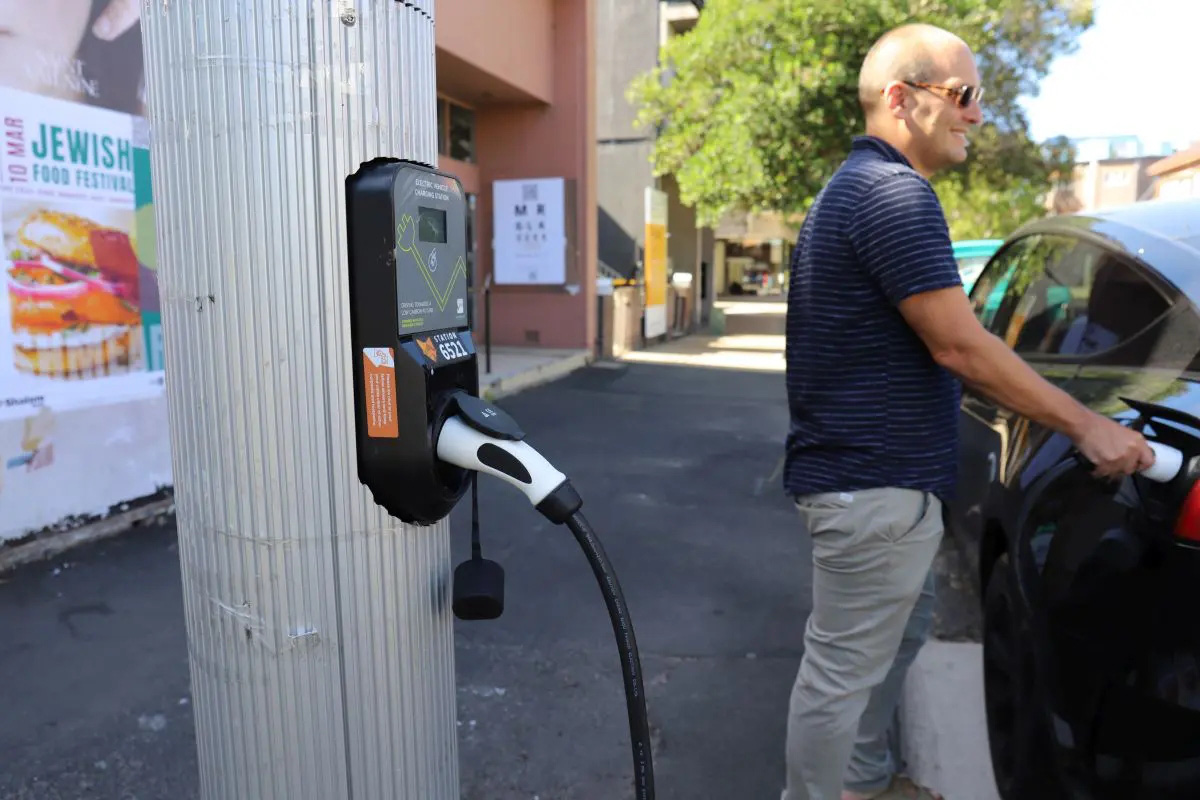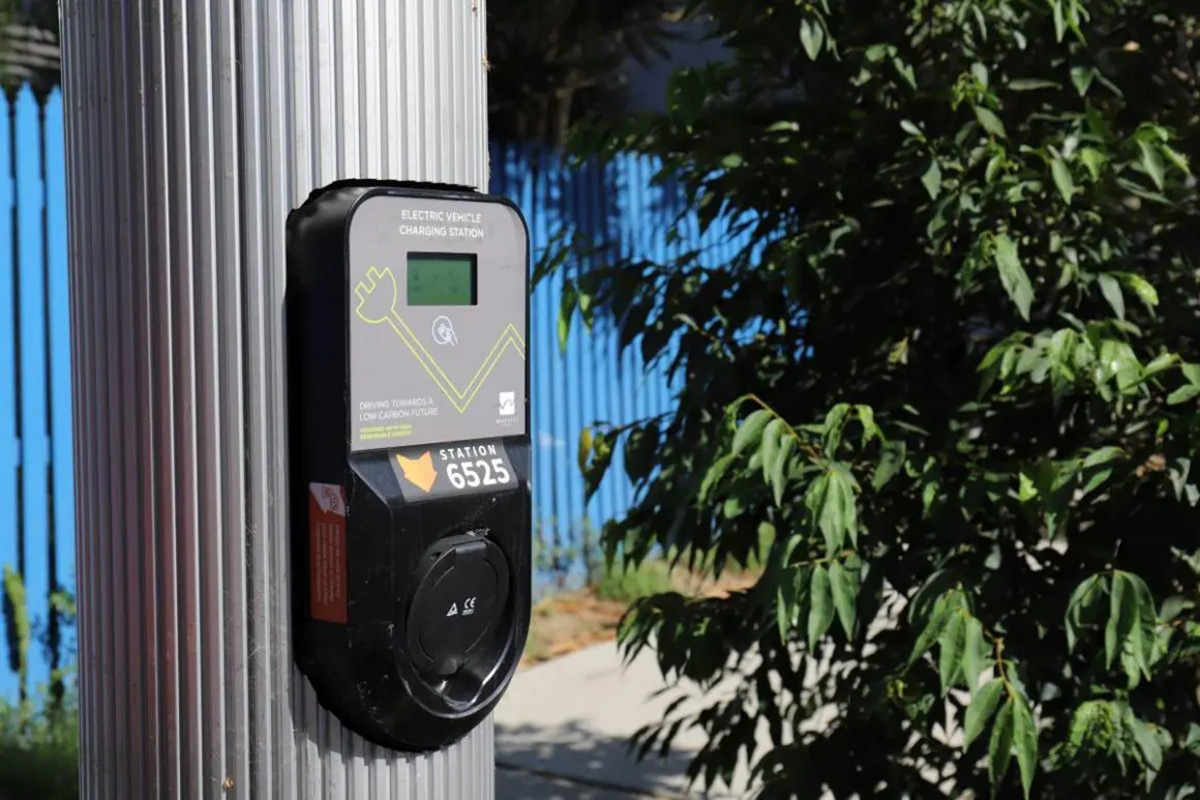Charging Stations Integrated Into Lamp Posts: No More Fuel-Powered Cars Taking Up Space

In an innovative move, the Waverley government in the New South Wales suburbs of Australia has conducted a trial installation of 5 integrated charging stations on lamp posts along Glenayr Avenue in Bondi. This endeavor has been dubbed as the first “electric vehicle street” in Australia, as reported by The Driven.
Electric Vehicle Charging Revolution in Waverley

These new charging stations, known as AC ChargeMates, consist of 7 kW single-port chargers that are embedded into the aluminum frames of 5 newly installed lamp posts. This initiative aims to transform the suburb’s streets into charging hubs, making it convenient for electric vehicle owners to charge their cars while driving.
A Convenient Solution for Urban Dwellers
The Waverley council’s infrastructure project manager, Cameron Eccles, emphasized that the design of the lamp posts allows for sufficient space to accommodate both charging and illumination functions, just like any regular street lamp.
Since their installation in November 2023, these lamp posts have been utilized by over 210 vehicles in the area. The charging service is priced at $0.43 per kilowatt-hour (equivalent to over 10,000 Vietnamese dong).
Acknowledging the fact that approximately 64% of Waverley residents live in apartments where home charging is not feasible, Mayor Paula Masselos stated that this on-street charging solution would revolutionize the situation.
Eliminating Conflicts between Electric and Fuel-Powered Vehicles

In addition to the lamp post charging stations, the local government is also experimenting with dedicated parking spots for charging electric vehicles around the charging lamp posts.
Currently, most charging points in parking lots or designated areas are shared between electric and fuel-powered cars. This has created conflicts between the two types of vehicle owners, with electric car drivers arguing that fuel-powered cars should not be allowed to use charging spaces. Conversely, fuel-powered car drivers feel that it is unfair since parking spaces are generally shared and require payment, regardless of the vehicle type.
The 9-month trial period will evaluate the feasibility of separating charging spaces from general parking areas. One of the evaluation factors will be the utilization rate compared to traditional charging locations.
Revamping Urban Landscapes

The creation of the “electric vehicle street” is part of a comprehensive urban landscape improvement project, which includes the establishment of rain gardens to enhance water quality, reduce heat, and enhance aesthetic beauty. Additionally, the project promotes the use of recycled materials in infrastructure development.
Public Charging Stations: A Preferred Option
It is generally recommended to charge electric vehicles at public charging stations instead of at home due to the complexity of the charging process compared to simply plugging in a phone at home.
In countries like Australia, the government mandates the use of standard chargers to ensure safety. However, the high installation costs of home charging units discourage many people from investing in them.
This situation not only affects the sales of electric vehicles but also leads some people to resort to unconventional methods like running extension cables from their homes to their parked cars.
To address this issue, some localities have launched programs to subsidize home charging unit installations, but the complex process and associated costs have limited participation. In the affluent Port Phillip area, for example, only three households have applied to install charging units over the past two years, according to Drive.
For further information on various topics related to business, finance, and economics, visit Business Today.
